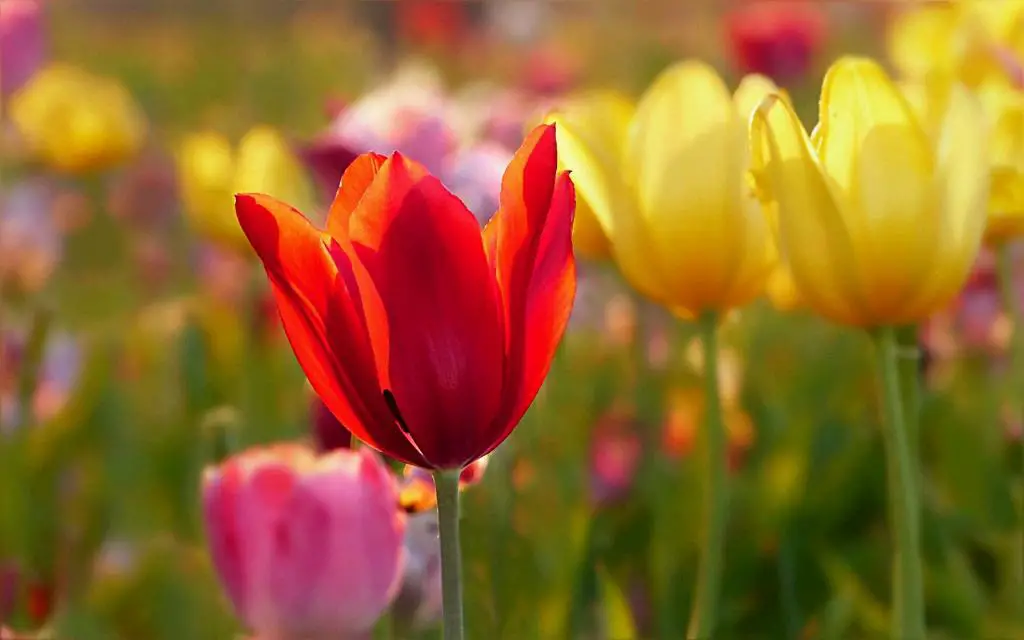When it comes to protecting your tulip bulbs from being devoured by hungry critters, it’s essential to know which animals pose a threat to your garden treasures. Squirrels are one of the primary culprits known for digging up and feasting on tulip bulbs. These seemingly cute rodents can wreak havoc on your carefully planted bulbs, leaving your garden looking ravaged.
In addition to squirrels, other animals like chipmunks, skunks, voles, raccoons, and rabbits also have a penchant for munching on tulip bulbs. While it may be challenging to catch these bulb burglars in the act, there are telltale signs that can help you identify the intruders. Keep an eye out for footprints and chew marks, as well as any lingering odors that might indicate the presence of skunks.
To safeguard your fall bulb plantings from these critters, there are several strategies you can employ. One effective method is to use physical barriers such as wire mesh or fences to deter animals from accessing your bulbs. Planting bulbs deeper in the ground can also make them less accessible to hungry pests.
Another way to critter-proof your tulip bulbs is to use natural repellents like garlic or hot pepper sprays. These scents can help deter animals from approaching your garden without causing harm to your plants. Additionally, planting bulbs that are less appealing to wildlife, such as daffodils or alliums, can help divert their attention away from your tulips.
Creating a distraction for wildlife can also be an effective strategy to protect your tulip bulbs. Consider planting sacrificial plants that animals find more enticing, which can divert their attention from your prized tulips. This method can help save your bulbs from being devoured while still providing food for local wildlife.
Regularly monitoring your garden for signs of animal activity is crucial in preventing damage to your tulip bulbs. By staying vigilant and addressing any issues promptly, you can minimize the risk of losing your bulbs to hungry critters. Remember that each animal may exhibit different behaviors, so understanding their habits can help you better protect your garden.
It’s important to approach critter-proofing your fall bulb plantings with a multi-faceted strategy. Combining physical barriers, natural repellents, and strategic planting choices can help create a more resilient defense against bulb-eating animals. By being proactive and adaptive in your approach, you can enjoy a beautiful garden without the worry of your tulip bulbs being devoured.
While it can be disheartening to discover that your tulip bulbs have been eaten by wildlife, remember that there are effective ways to protect your garden. With a bit of effort and creativity, you can outsmart the critters and ensure that your bulbs bloom beautifully year after year. By implementing these strategies and staying diligent in your garden maintenance, you can enjoy a flourishing garden without the threat of bulb-eating pests.

